Chronic Venous Congestion of the Spleen: Causes and Pathological Features
The spleen is an important organ of the immune system, which plays a crucial role in the filtration of blood and the removal of damaged or abnormal cells. Chronic venous congestion of the spleen is a pathological condition characterized by the accumulation of blood within the splenic tissue, resulting in its enlargement and alteration of its histological features.
Causes:
The spleen can become congested due to various factors that increase the intravascular pressure in the splenic vein. The common causes of chronic venous congestion of the spleen include:
- Right Heart Failure: In this condition, the right ventricle of the heart fails to pump blood effectively, leading to the accumulation of blood in the systemic veins, including the splenic vein.
- Portal Hypertension: It is a condition where there is an increase in the blood pressure within the portal vein system, which drains blood from the gastrointestinal tract, spleen, and pancreas, resulting in congestion of the spleen.
- Increased Intravascular Pressure in the Liver due to intrahepatic obstruction or cardiac failure, leading to increased pressure in the hepatic vein and subsequent congestion of the splenic vein.
Pathological Features:
Gross: The spleen in chronic venous congestion is enlarged, firm, and tense, with a thickened capsule. The cut surface of the spleen oozes dark blood due to the accumulation of blood within the splenic tissue.
Microscopy: On microscopic examination, the spleen shows a thickened capsule and trabeculae. The red pulp shows dilatation and congestion of the sinuses due to the accumulation of blood. Old hemorrhages are present, which are replaced by fibrosis and are impregnated with iron pigment and calcium salts. The iron-containing, fibrotic, and calcified foci of old hemorrhage are called Gamna-Gandy bodies.
Gamna Gandy bodies are small, firm, spheroidal, or irregular foci that are yellow-brown, brown, or rusted color. They consist of relatively dense fibrous tissue with collagenous fibers and are impregnated with iron pigment and calcium salts. These bodies result from the organization and scarring of sites where small perivascular hemorrhages occurred.
The microscopic features are illustrated as below
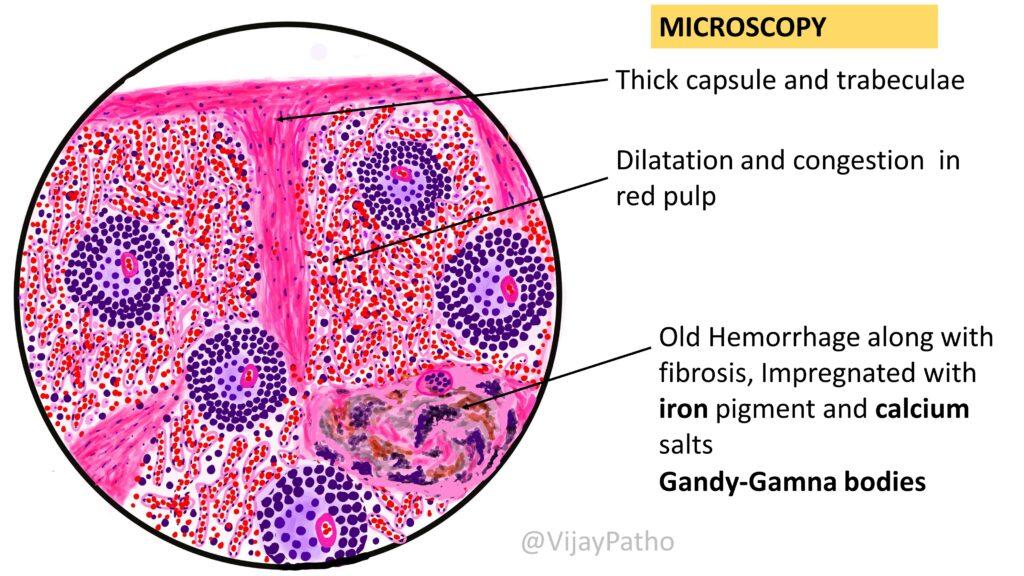
In conclusion, chronic venous congestion of the spleen is a pathological condition that can result from various causes such as right heart failure, portal hypertension, and increased intravascular pressure in the liver. The spleen shows characteristic gross and microscopic features such as enlargement, firmness, thickened capsule, dilated and congested red pulp, and Gamna-Gandy bodies on histopathological examination.

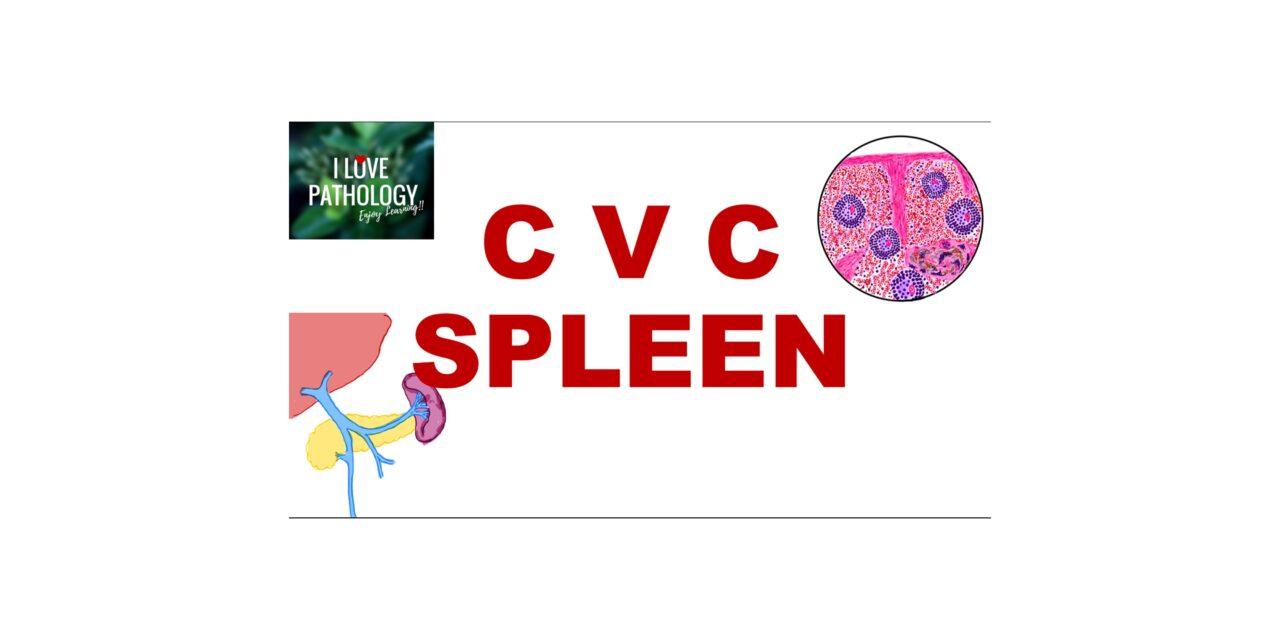
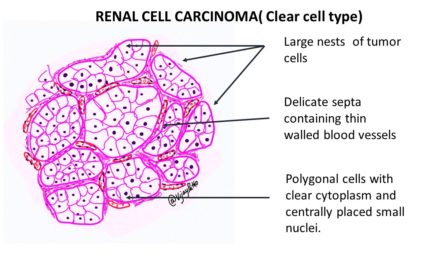
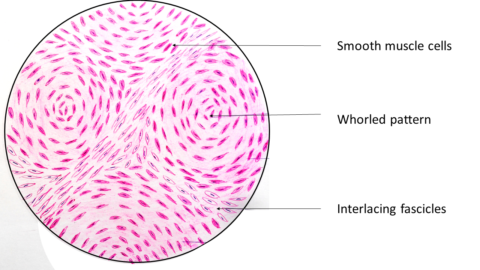
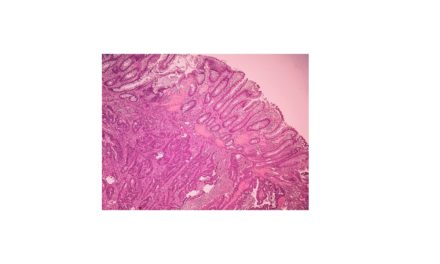
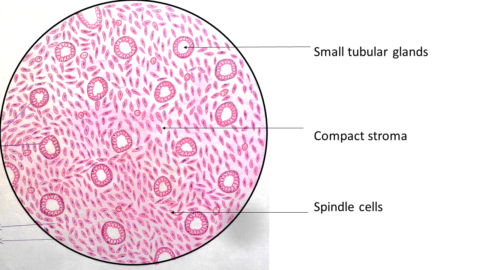





Recent Comments